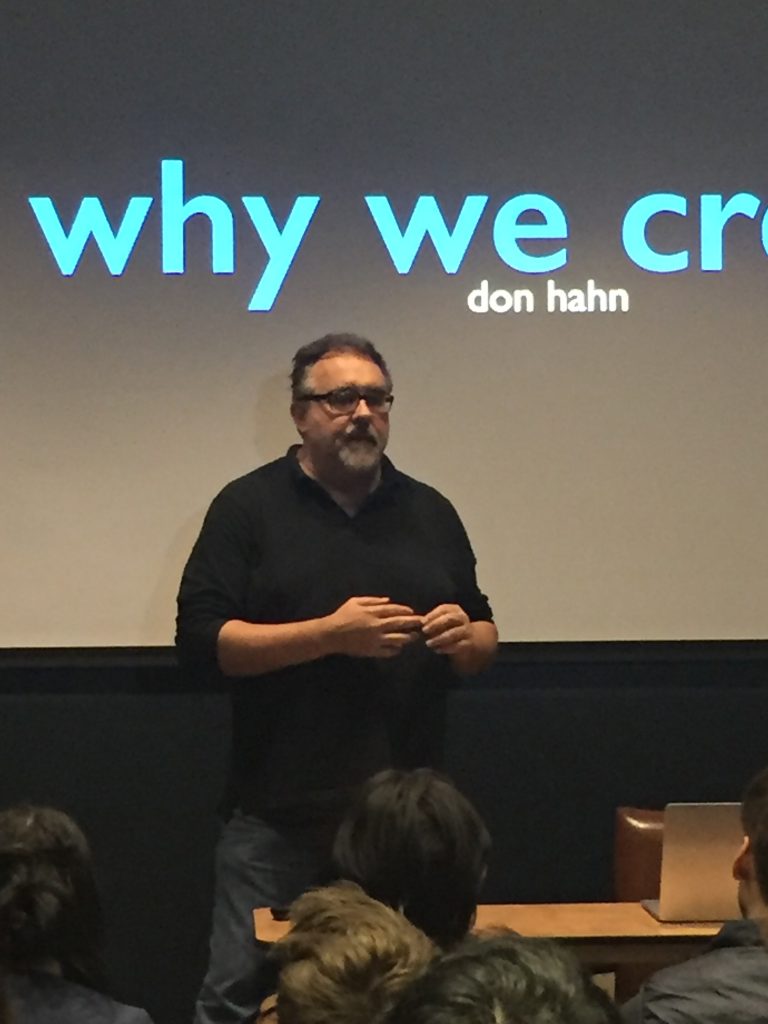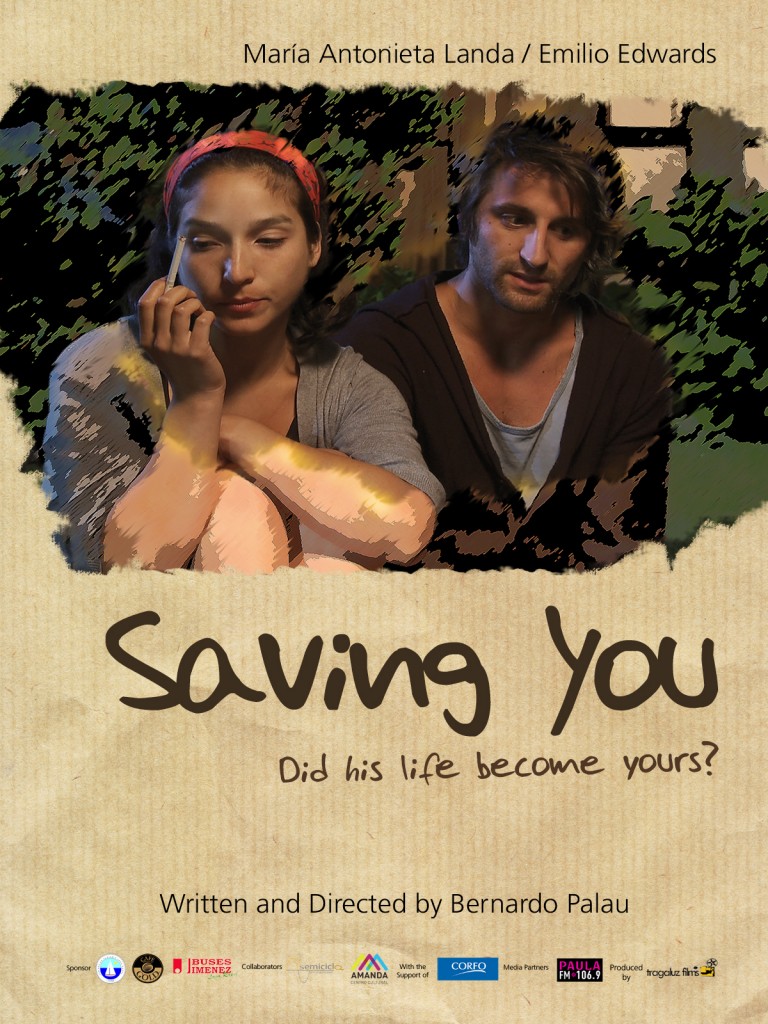The Gate – 2018 Case Study

2018 – A Year in a Glimpse This last year has been busy, busy, busy! Hot off the presses – we are super excited that one of the projects we have been acting as consulting producer and distribution advisor on, Stuart Swezey’s film debut Desolation Center, just got selected for its US Premiere at […]
Artist, Filmmaker, & Renowned Disney Producer Don Hahn Comes to Cal Arts

Hard to believe we are already halfway through the first month of 2017! So much has already happened this year. I just got back from Winnipeg where it was below -10 degrees. TALK ABOUT FREEZING. Luckily, I didn’t have to leave my hotel too much and I had a fantastic time at All Access 2017 […]
Launching New TOTBO Workshop Webclips
I am kicking off a series of excerpts from my Think Outside the Box Office Master Classes today on my new YouTube Channel TheJonReiss. I am rebooting my YouTube channel because even though I had some decent views on YouTube.com/jfilm1 – it didn’t feel like that accurate or searchable. Since I am going to start […]
Putting Chilean Film on the Map

On Thursday and Friday of this week (Oct 20-21) I will be at the Flyway Film Festival, presenting my two-day Think Outside the Box Office workshop on the ever-changing world of hybrid distribution and marketing. Today, though, I am thrilled to share a guest post from Chilean filmmaker Bernardo Palau whose first feature film ‘Saving […]
PMD FAQ 2: What are the responsibilities of a PMD?
PMD FAQ 2: What are the responsibilities of a PMD? The responsibilities of a PMD are wide and varied. Not all films will utilize all of these elements (since every film is different and will have a unique approach to distribution and marketing), but each should be considered when strategizing and planning for the film’s […]
PMD FAQ 1: What is the purpose of having a PMD?
PMD FAQ 1: What is the purpose of having a PMD? The purpose of the PMD is for one person on a filmmaking team to be responsible for audience engagement (aka distribution and marketing). It derives from the recognition that filmmakers (filmmaking teams) need to own the audience engagement process and that this process should […]
Further Clarification of the PMD and Economics
Let me clarify some of my feelings about the PMD. I will add my universal caveat that every film and situation is different. But here are some important guidelines: 1. The best case scenario is that a PMD is on board as a full collaborator and worker from as close to inception of the film […]
Jon Reiss to Speak at UFVA Conference August 11th, 12th
This month I will be appearing at the University Film and Video Conference which is being held at Champlain College in Burlington VT. Both presentations will center around the core Think Outside the Box Office (TOTBO) principles with an emphasis on how and why to teach this material to film students. I have a solo […]
TOTBO Tip of the Day 15 Hiring PMDs in these early days.
I look forward to a near future in which filmmakers/directors will be able to put out calls for PMDs just as they do for DPs and Editors – and that they will get an equal volume of applications. Directors will develop long term relationships with PMDs that “get them” just as they do with DPs, […]
TOTBO Tip of the Day 14 Responsibilities of the PMD
Responsibilities of the PMD include: 1. Identify and engage with the audience for a film. 2. Development of a distribution and marketing strategy and plan for a film in conjunction with the entire team. 3. Create a budget for said plan. 4. Assemble and supervise the necessary team/crew elements to carry out the plan. 5. […]